Maritime & naval
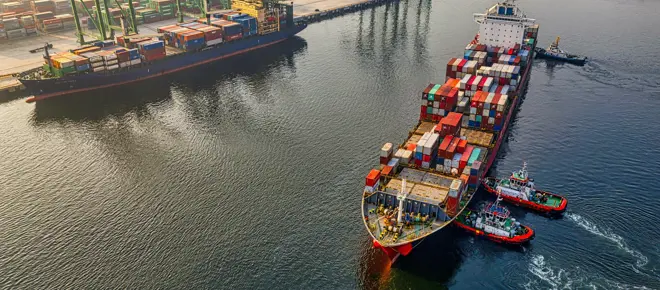
- Maritime & naval
- Environment & sustainability
- Issue 97
Decarbonising the shipping industry
About 90% of traded goods are transported on the world’s oceans, with total trade volumes likely to triple by 2050, however, shipping is currently reliant on fossil fuels. Leonie Mercedes explores the different possibilities for a green future for the industry.

- Civil & structural
- Maritime & naval
- Issue 96
Ensuring engineering’s endurance
Offshore lighthouses are constantly getting battered by waves and wind. Rather than replacing them, engineers are looking into clever ways to prolong these (and other) structures.

- Environment & sustainability
- Maritime & naval
- Issue 94
How artificial reefs boost biodiversity
Coral reefs and coastlines face growing challenges from climate change. Two UK startups are developing artificial reefs that protect and renew marine ecosystems.

- Environment & sustainability
- Maritime & naval
- Profiles
- Issue 87
Sound moorings for a renewable career
For Dr RV Ahilan FREng, a career that started in offshore oil and gas has turned him into a champion for renewable energy. He used his knowledge of fluid mechanics and marine experience to push the commercialisation of offshore renewables.
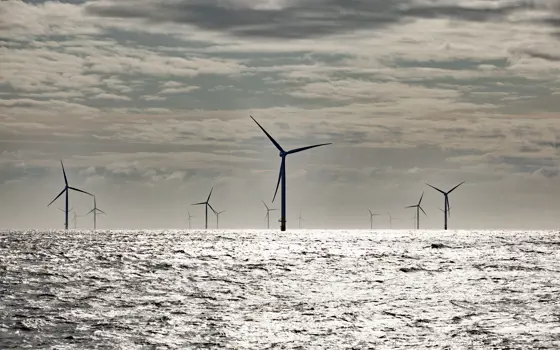
- Environment & sustainability
- Maritime & naval
- Issue 86
Helping the green revolution
Hornsea One, the world’s largest offshore wind farm can generate enough electricity to supply over one million UK homes and led to the construction of Hornsea Two. Ørsted engineers faced substantial challenges in creating the record-breaking offshore wind farm.
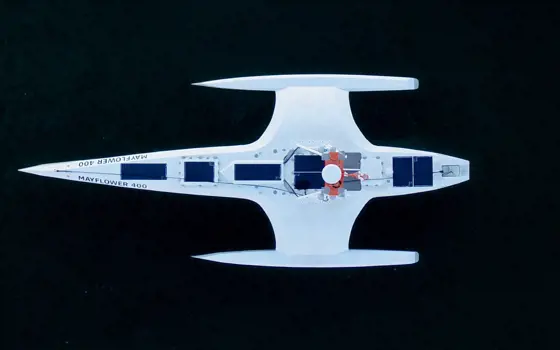
- Software & computer science
- Maritime & naval
- Issue 86
The Mayflower sails again
A fully autonomous vessel is preparing to retrace the 1620 route of the Mayflower ship from Plymouth to New England. Neil Cumins spoke to Andy Stanford-Clark, IBM’s UK and Ireland Chief Technology Officer, about the pioneering technology behind this 21st century mission.
Quick read
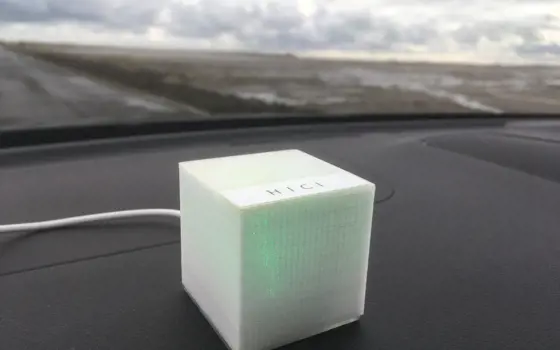
- Maritime & naval
- Innovation Watch
- Issue 85
Traffic lights for the tide
The Holy Island Causeway Indicator is a small gadget that lights up to show visitors whether the causeway is safe at a glance, helping prevent people getting stranded due to flooding.
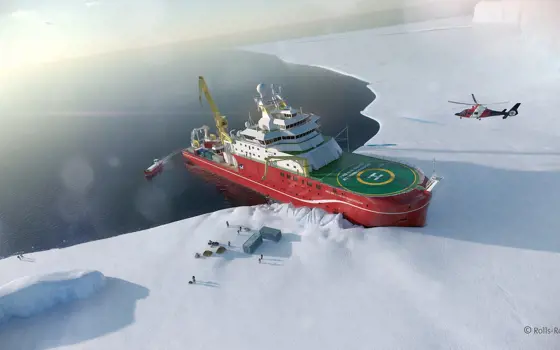
- Environment & sustainability
- Maritime & naval
- Issue 76
A great British polar explorer
The rapid melting of polar ice caps could have catastrophic consequences for oceans across the globe. To understand the role that the polar oceans play in our changing world, Britain is debuting the RRS Sir David Attenborough – one of the most advanced polar research vessels in the world.
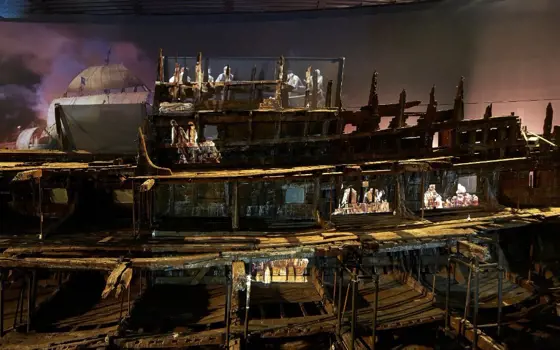
- Arts & culture
- Maritime & naval
- Issue 74
Raising and conserving the Mary Rose
The Mary Rose Museum, shortlisted for the 2018 European Museum of the Year, houses the Mary Rose hull and thousands of Tudor artefacts that were sealed under clay and silt when it sank in 1545. Technology has helped detect, rescue, resurrect and conserve the remains of Henry VIII’s warship.
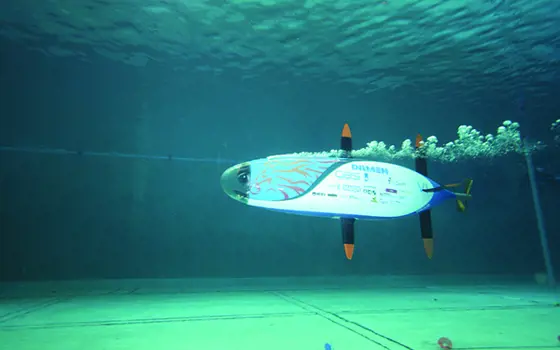
- Maritime & naval
- Issue 72
Racing human-powered submarines
In 2012, a group of British engineers brought to the UK a competition that sees university students design, build and power their own submarines to race against each other. Discover the engineering behind the submarine that won the 2016 competition.
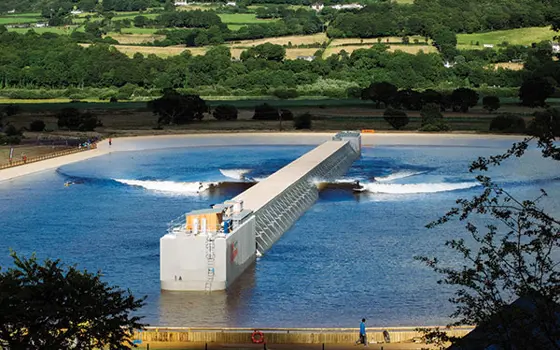
- Sports & leisure
- Maritime & naval
- Issue 69
How to create the perfect wave
From small waves lapping at your feet and swells suitable for surfing to storm waves for testing structures and even tsunamis, waves of any shape and any size can now be engineered. What are the techniques and conditions needed to model waves and what makes some more powerful than others?
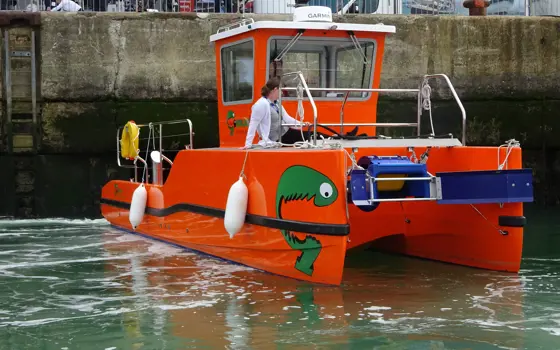
- Environment & sustainability
- Maritime & naval
- Innovation Watch
- Issue 69
An appetite for oil
The Gobbler boat’s compact and lightweight dimensions coupled with complex oil-skimming technology provide a safer and more effective way of containing and cleaning up oil spills, both in harbour and at sea.
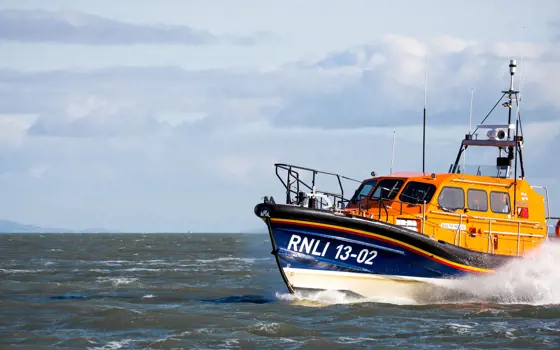
- Maritime & naval
- Issue 68
Against the tide
The Royal National Lifeboat Institution introduced the Shannon class all-weather lifeboat in 2014, which uses cutting-edge technology, is faster and more manoeuvrable than existing vessels, and has a quicker and safer launch and recovery system. Read about the design and production of the lifeboat.
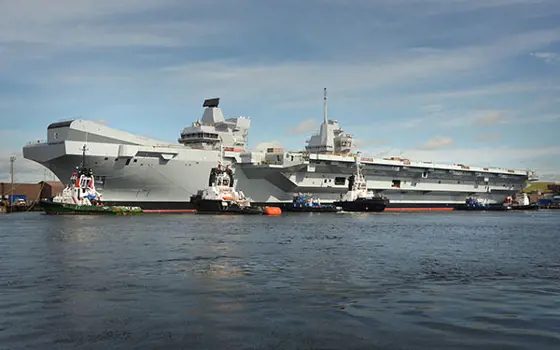
- Maritime & naval
- Issue 67
Building Britain's biggest warships
The 1998 Strategic Defence Review called for the UK Armed Forces to be able to operate with more agility to confront situations on a worldwide basis and resulted in the requirement for two new Queen Elizabeth Class aircraft carriers, HMS Queen Elizabeth and HMS Prince of Wales, one of the UK's largest engineering projects.
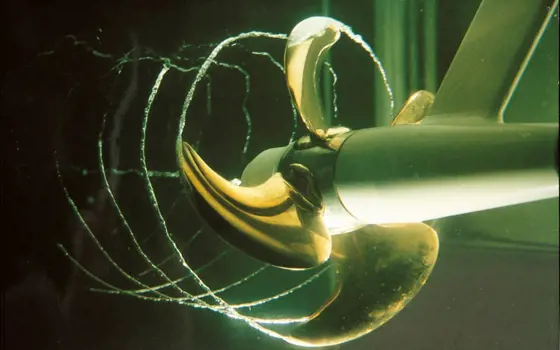
- Maritime & naval
- Issue 65
Quieter, more efficient propellers
Göran Grunditz, Manager of the Rolls-Royce Hydrodynamics Research Centre, explains the challenges when reducing noise from marine propellers for passengers onboard ships and for military vessels that seek to avoid detection, while maintaining a high thrust per input power and maximising efficiency.

- Maritime & naval
- Issue 61
Modelling ships in danger
Stricken ships in danger of breaking up, sinking, capsizing or losing their fuel or cargo need expert help to be rescued. Lloyd’s Register’s Ship Emergency Response Service (SERS) was set up to provide this support.